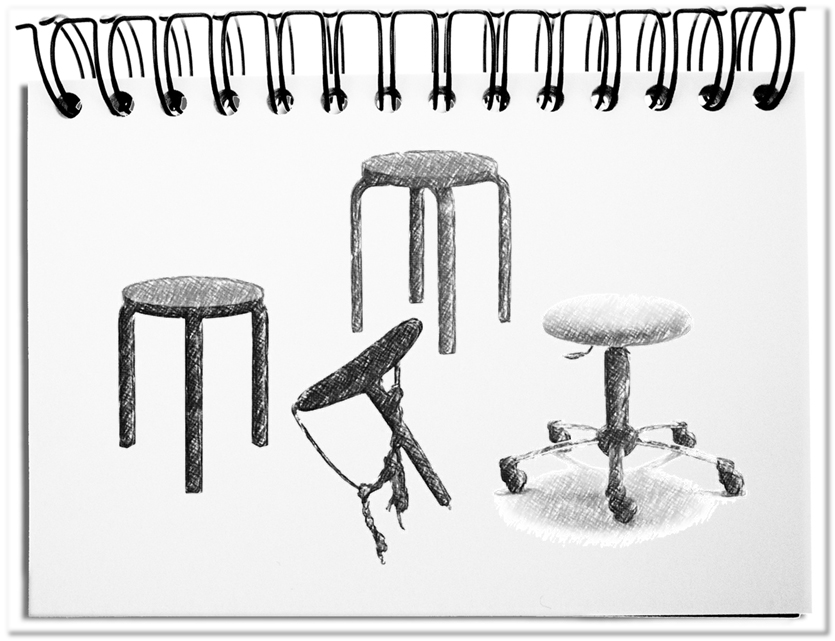When people and their collaboration become more important and results count increasingly and customers are tighter involved and the flexible reaction to changes determines the work, then we speak of agility. Everything is about the involved parties and, above all, the working group who takes self-determined care of tasks, which can neither be extrapolated from the past into the future nor pragmatically predicted in advance. A look at the Agilemma has shown that the new conditions are pulling the nerves of the managers – although they have the key to successful actions – the alpha and omega of agility.
It’s all about activating employees. For this reason, managers in an agile environment, actually not just there, need to consider the following points.
- Micro management
Once the boss is the best employee, it will be difficult. Micromanagers are busy taking care of the smallest details and reworking all the results of the employees. Managers who cannot let go are a serious obstacle as soon as employees are expected to act independently.
The autonomy of the agile teams is unimpeachable. - Options
In order to obtain viable solutions, the working groups need various options for action. On the one hand, the requirements determine the choices. On the other hand, the solutions need sufficient means for implementation. The provision of resources is one of the most fundamental tasks of a manager.
The responsibility of the team is the best regulator against extravagance. - Transparency
To be effective, actors need as much information as possible about stakeholders, the environment, the capabilities of participants and the beliefs that drive all. The decision-makers do not have to provide the figures, data and facts, but do have to provide sufficient opportunities to become adequately informed.
Borderless data flow is an important prerequisite for agile work. - Impetus
The inner drive of the team members is the fuel, which keeps the zest in the iterations of the project. Everything that hinders the momentum belongs to the alpha and omega of agility. The managers have the task to do everything they can to ensure that stronger performance is achieved and that everybody deals better with failures
Capable bosses master the art of awakening intrinsic motivation. - Variety
Complex tasks can only be implemented with even more complex means. For this reason, a wide range of characters, solutions and activities is indispensable. To ensure that diversity is not disturbed, all forms of nepotism must be avoided, since this generates envy and resentment, which ultimately results in poorer performance.
Anything that increases diversity is indispensable. - Aim
In the absence of clear objectives, the rough direction and the emotionally charged target horizon are the most efficacious description of the intention of the decision makers. If the undertakings of the bosses are based on the available resources and offers the team a loose network of people, and if additionally it becomes possible to draw ideas from coincidences and mistakes, and the efforts are limited to what one is prepared to lose, than the intention has good chances to deliver results.
The coherent aim is the fuzzy vision. - Team
Internal and external interdisciplinary partnerships are essential for an effective team. Given the different origins of those involved, it is essential to create an encouraging sense of belonging. Decision-makers must ensure that appropriate team-building activities are carried out.
Here applies – Together Everyone Achieves More - Individuals
The team hopefully consists of various characters that complement each other. Each team member should have a strong self-confidence and assertiveness in order to enrich the team in its capacity. The decision makers should resist the impulse to recruit teams from their old boy network, as this only causes discomfort in the team.
The team is more than the sum of the members. - Orientation
Independent of the agile approach applied, the decision-makers must in particular ensure that there are clear target visions by which the employees recognize the direction. In the absence of reliable foresight, it is not a matter of tough specifications, but of awakening yearnings.
The team needs the fuzzy vision in order to have orientation. - Need
The advantages arise on the way to the goal, which develops only in the course of the iterations. In contrast to classic projects, which create in advance an elaborate business case that promises great benefits in order to get the budget to start, in an agile environment small steps create small increments that can only be evaluated at the end.
Take care of the pence and the pounds will take care of themselves.
Bottom line: For a long time, „classical“ organizations with business processes and projects have given their business the finishing touches. After years, this has led today to insufficient capacities being available for the next round of transformation, the Digitization. Therefore they want to use agile work styles. For many managers, this creates the Agilemma. Besides the required mindset it is necessary to master the alpha and omega of agility – the MOTIVATION of the employees in the agile teams.
P.S .: It takes a lot of time and energy to gain the trust of the parties concerned, but only a blink of an eye to destroy everything with a disrespectful, degrading and unfair leadership style.


